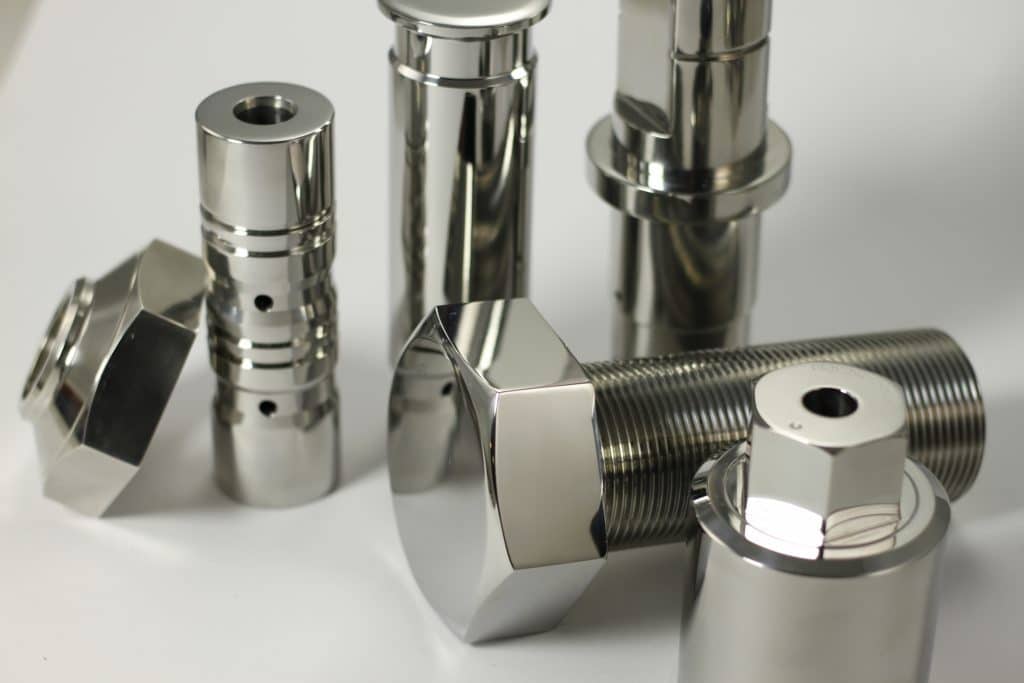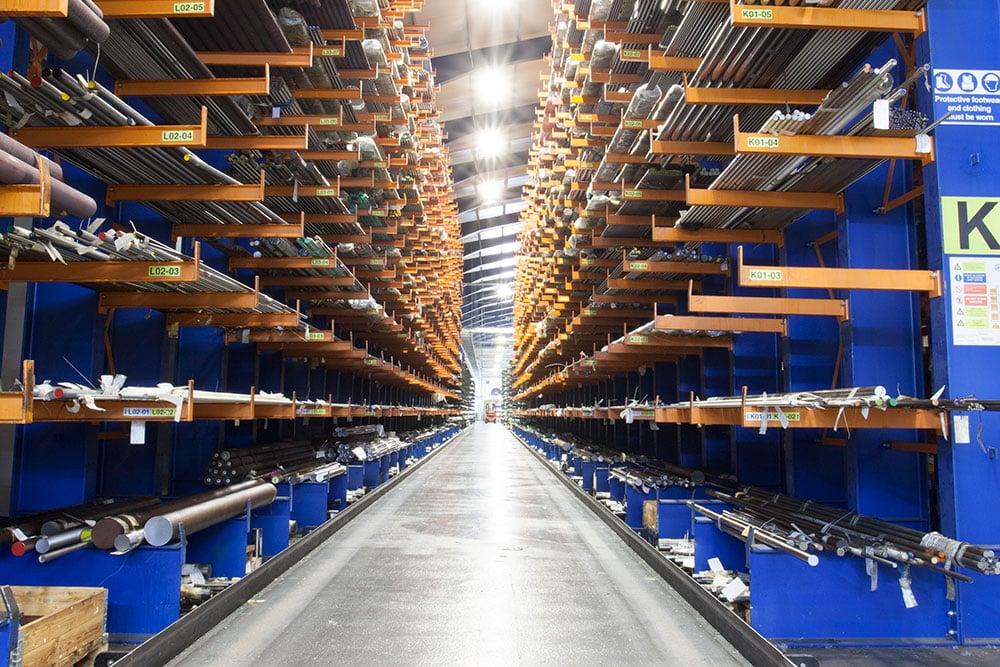Hydrogen embrittlement is a unique phenomenon that can impact the integrity of a fastener, causing the fastener to fail. It occurs as a result of hydrogen atoms being absorbed into metal during manufacturing, and can weaken the internal structures of the metal, causing it to split suddenly.
Fasteners are integral to many elements of the manufacturing process, and any unexpected failures could not only damage a product or structure but may be difficult or costly to remedy too. Ensuring that compliance guidelines are met is vital for businesses to maintain safe working practices and avoid potentially catastrophic consequences.
In this article, we take a closer look at the hydrogen embrittlement of fasteners, its causes, and the industrial prevention methods available to help aid your manufacturing processes.
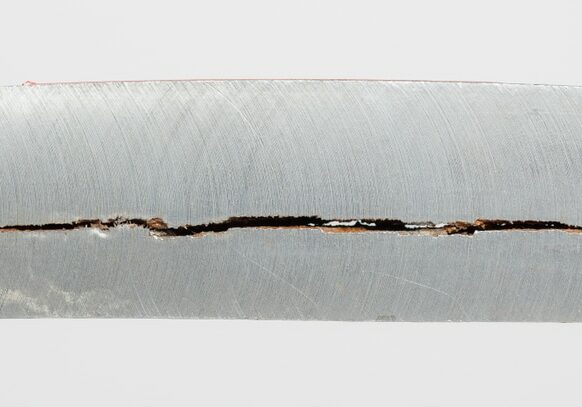
What is the hydrogen embrittlement of fasteners?
The hydrogen embrittlement of fasteners can cause several different significant issues. The type of damage varies from sudden fractures to significant weakening, which could lead to further damage to components and structures.
The types of fasteners impacted by hydrogen embrittlement tend to be high tensile strength fasteners such as:
- Screws
- Bolts
- Studs
These are commonly used for a variety of purposes, securing structures and providing support. Most of the affected fasteners are made from alloys such as stainless steel, which is commonly used for manufacturing purposes in the UK.
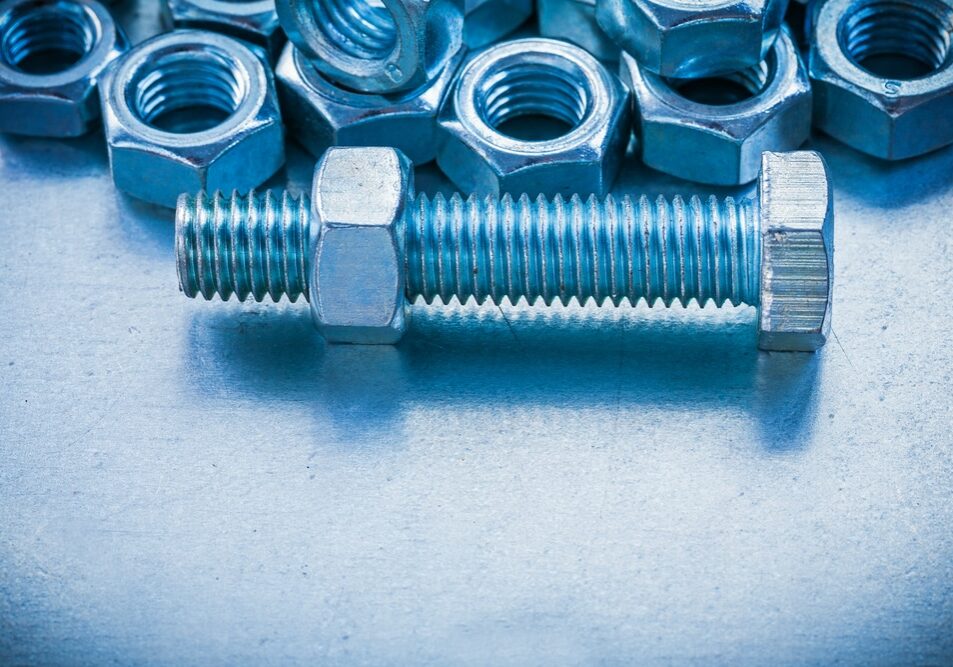
Causes of the hydrogen embrittlement of fasteners
Hydrogen embrittlement was first discovered in 1875, and has been the subject of numerous studies to attribute the causes and find ways of preventing the phenomenon. The process occurs when hydrogen atoms reach components that are subject to high stress, such as the fastener's threads, which then leads to voids or cracks that then weaken the structure of the fastener. This renders the fastener unable to cope with heavy or even normal loads, causing it to break.
There’s a greater risk of embrittlement during manufacturing processes where high levels of hydrogen occur, such as pickling, electroplating, phosphating and welding. Exposure to temperatures can also cause hydrogen embrittlement bolts and fasteners.
In addition to manufacturing processes, there are some environmental factors that can also lead to hydrogen embrittlement, such as contact with acids, high-pressure hydrogen environments and moisture.
"For manufacturers, the hydrogen embrittlement of fasteners can be an unexpected phenomenon with the potential to cause significant damage. Understanding how hydrogen embrittlement occurs and the necessary procedures to prevent fastener damage can help manufacturers avoid significant financial and reputational risks."
Lonestar Fasteners, Europe
The hydrogen embrittlement of a fastener can be sudden and damaging, with some potentially serious consequences such as:
Safety risks
If a sudden fastener failure occurs, structures and products can be quickly compromised. This can lead to malfunctions or collapses that pose a risk of injury and affect many industries including aerospace, automotive, construction and healthcare.
Potential for structural damage
A fastener failure could impact the high strength integrity of a structure, which could affect other components and lead to significant damage. This can cause products to break down and interrupt processes and services.
Costs associated with repairing or replacing affected fasteners
The damage hydrogen embrittlement causes can be significant due to the need to repair or replace parts, as well as the potential losses caused by service interruptions.
Hydrogen embrittlement prevention methods
To help mitigate risks, there are multiple hydrogen embrittlement prevention methods that can be adopted during the manufacturing process. As part of this, you may benefit from undergoing a hydrogen embrittlement test for fasteners.
To evaluate whether hydrogen embrittlement has occurred, such tests would involve placing the fastener under high-stress loading. This stress level would be higher than what the fastener typically experiences and would be conducted over an extended period; to assess its performance and confirm its ability to withstand failure.
These include:
- Using materials that have a higher resistance to hydrogen embrittlement.
- Adhering to proper heat treatment procedures and ensuring cooling processes are followed. This process is known as ‘baking’ and ensures fasteners are heated at a held temperature for a period of 8–24 hours.
- Control hydrogen exposure during the manufacturing process.
- Ensure fasteners are stored in dry, controlled environments away from moisture and other metals that could lead to galvanic corrosion.
- Use coatings that provide additional protection to fasteners, such as nickel.
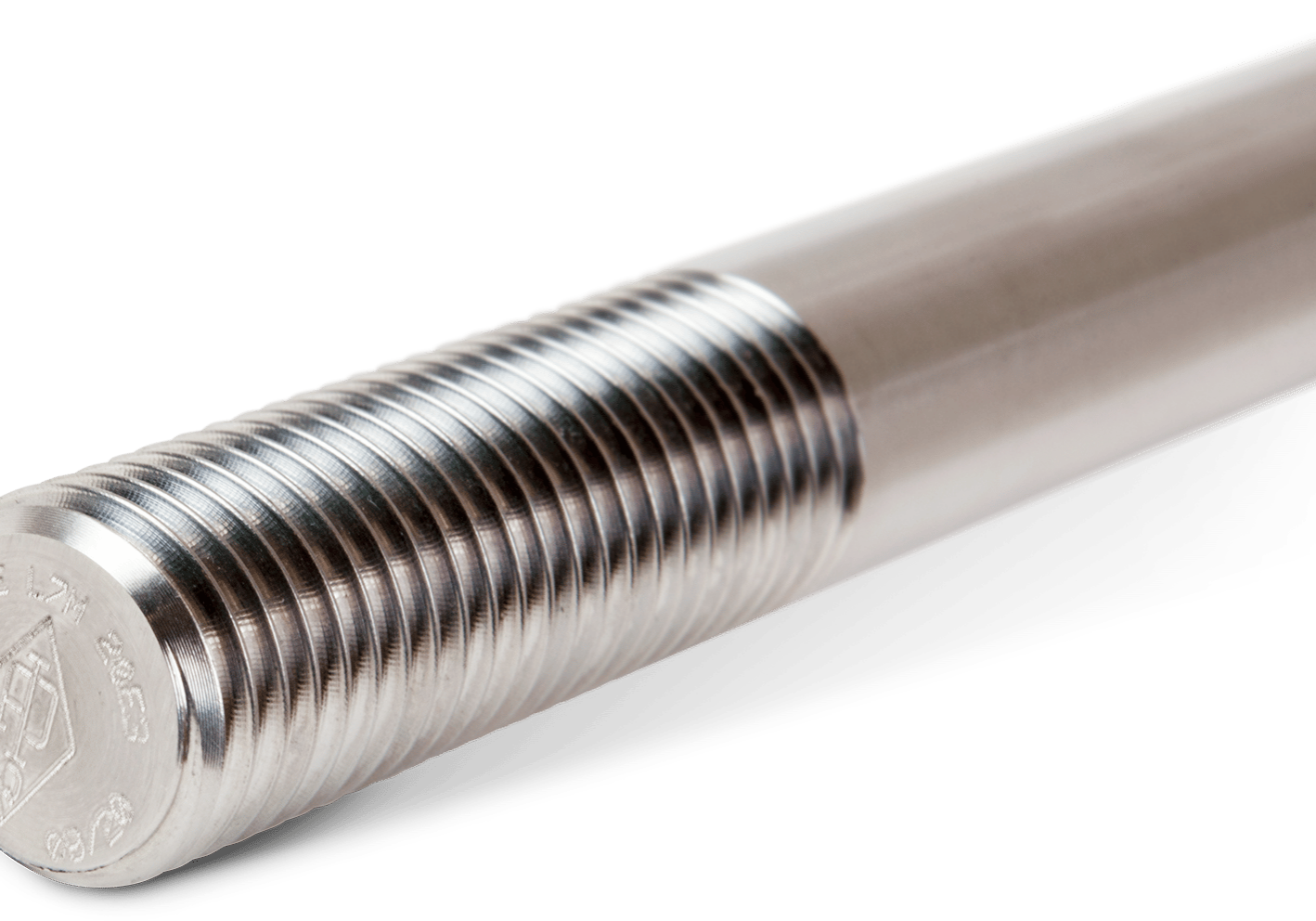
Industry standards and regulations
To help maintain integrity and prevent hydrogen embrittlement fasteners, there are various standards that must be met. These are set out by the British Standards Institute, as well as the International Organisation for Standardisation.
The standards and regulations relating to fastener safety include:
- BS 7371 – Part 1: 1991 Coating of metal fasteners.
- ISO 4042: 2000: Fasteners electroplated coatings.
- BS EN ISO 15330: 1999 Preloading test for the detection of hydrogen embrittlement.
- BS EN ISO 20898-1: 1999 Mechanical properties of fasteners.
- BS EN ISO 20898-2: 1994 Mechanical properties of fasteners.
Manufacturers must follow the appropriate compliance requirements and choose fastener suppliers that provide products that meet these specifications. Failure to meet compliance requirements could put manufacturers at risk of liability claims should damage, or personal injury occurs and proper procedures weren’t followed.
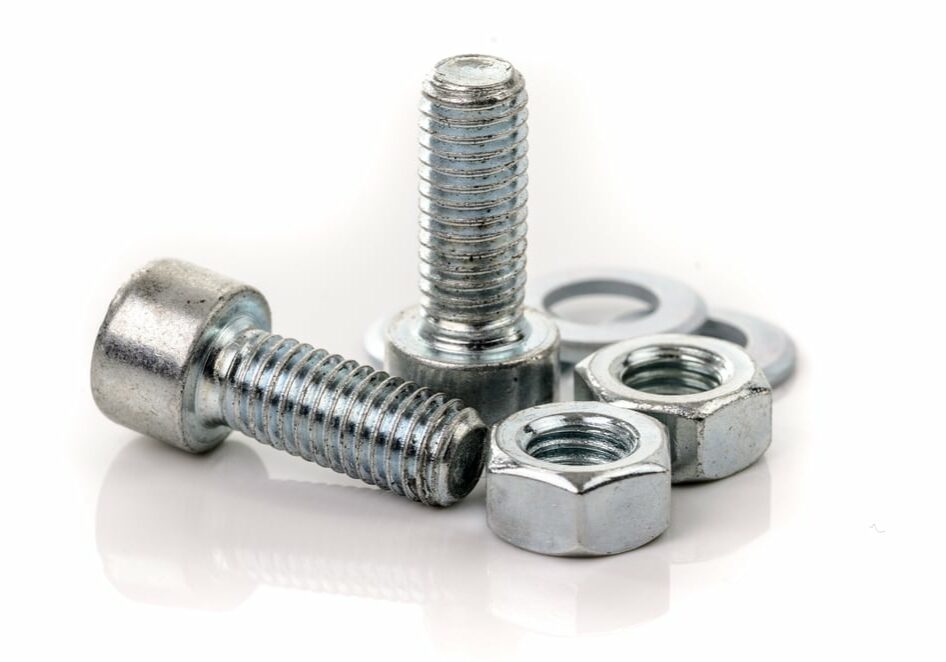
Conclusion
The hydrogen embrittlement of fasteners can happen during a number of manufacturing processes, including welding and electroplating. It can happen to a small percentage of fasteners, and not all in a batch. This is why testing is necessary to ensure that fasteners retain their functionality even after being exposed to high levels of heat. Users must ensure that appropriate manufacturing processes are followed, and that fasteners are stored carefully. The choice of material used for fasteners can further prevent the risk of hydrogen embrittlement, providing assurance for manufacturers.
With proper adherence to procedures, manufacturers can limit the risk of hydrogen embrittlement fasteners and improve the safety and reliability of structures. Choosing a reliable fastener supplier can help you give you the assurance you need, ensuring the proper checks have been carried out to ensure manufacturing processes can be carried out with confidence.
LoneStar Fasteners Europe is a leading manufacturer and supplier of high-performance fasteners that adhere to relevant standards and provide our customers with the solutions they need to maintain safety and compliance. Learn more about our precision bolts and fasteners or contact us to make an enquiry.
Quotation / Information Request


